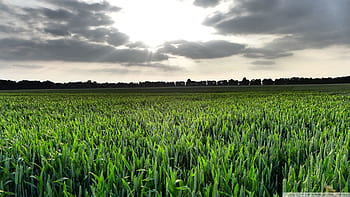Intro: Our project is creating a algorithmic stock trading optimization system. Our goal is to create profitable trading strategies, and develop the software system for building, testing, and storing those strategies. The audience for this software would be anyone interested in systematic investing.

Q1: How is the journey so far?
The journey so far has been challenging, but enjoyable. Our project introduced a few new concepts to our team, including systematic trading principles and optimization algorithms. As a result, the first few weeks of the capstone were very research heavy. However, over the past week we have shifted from our research/planning phase into our development phase so I believe we are still on track.
I am pretty passionate about the subject we are working on, so that really helps make the process enjoyable for me. Designing and building quantitative trading systems is something I have wanted to do for a long time, so this experience has been invaluable.
Finally, we have a great team, which always makes work better. We have weekly group meetings, and a weekly sponsor meeting, which have all been a positive experience so far.
Q2: How well is your team following your original Team Standards?
I think our team has been following the standards well, and looking back I am grateful we went through that process.
We have done a good job at trying to follow our weekly schedule, which has helped us stay on track during a very busy month. Also, there has been good communication about our schedules so that we can plan around others, and keep everyone involved. Overall, I think our team has communicated well which is really the key to following the team standards.
Q3. Do you feel your project is on-track to succeed? If not, what do you plan to do to help the team get back on track?
I do feel that our project will succeed. This project ended up being a little bigger then I originally thought, but I still think we are on track. Right now we are working on implementing the trading algorithms, which I believe is the hardest part of the project. The reason being is that creating a profitable trading strategy is extremely difficult.
However, as long as we can accomplish that in a timely manner, I believe the reaming parts of the project should be easier. For example, we will be creating a backend database and pushing our software to the cloud. These are software tasks, and those are concepts our team already has some experience with.
Thanks for reading,
Eric Slater


